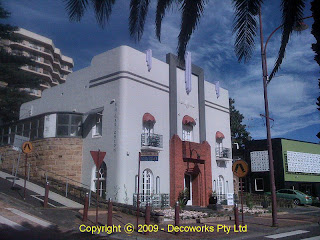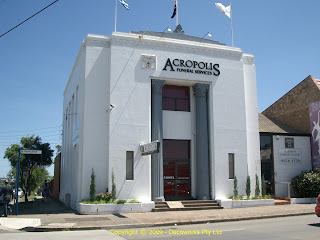Enmore Theatre

The Enmore Theatre located at 118-132 Enmore Road in Enmore was originally built in 1908 by the Szarka brothers and opened to the public as a photo-play theatre in 1912. Major improvements were done in 1920 both inside and out. Hoyts purchased the building in 1936 from the Szarka brothers and did extensive modifications to the building and it emerged as a "large Art Deco show palace". The Enmore Theatre is classified by the National Trust and is listed in the Historic Buildings Register of the Australian Institute of Architects. Facade detail Sources: Sydney Heritage Listings Century Venues Information





